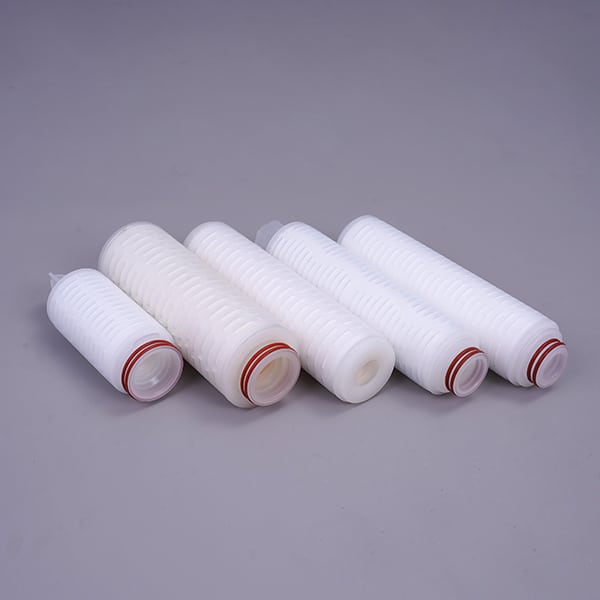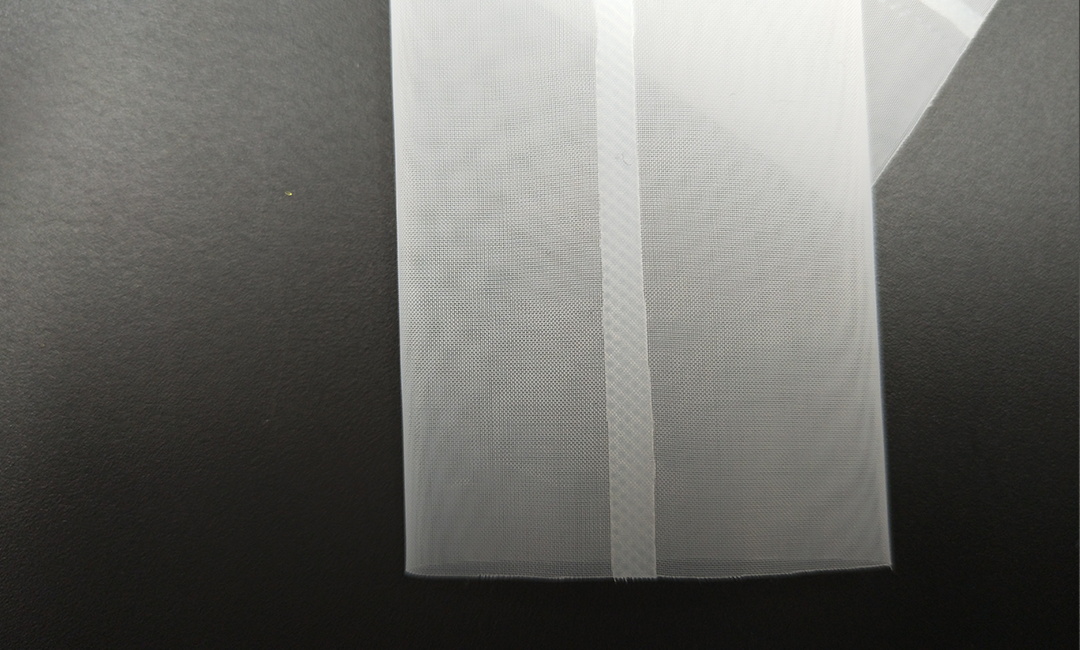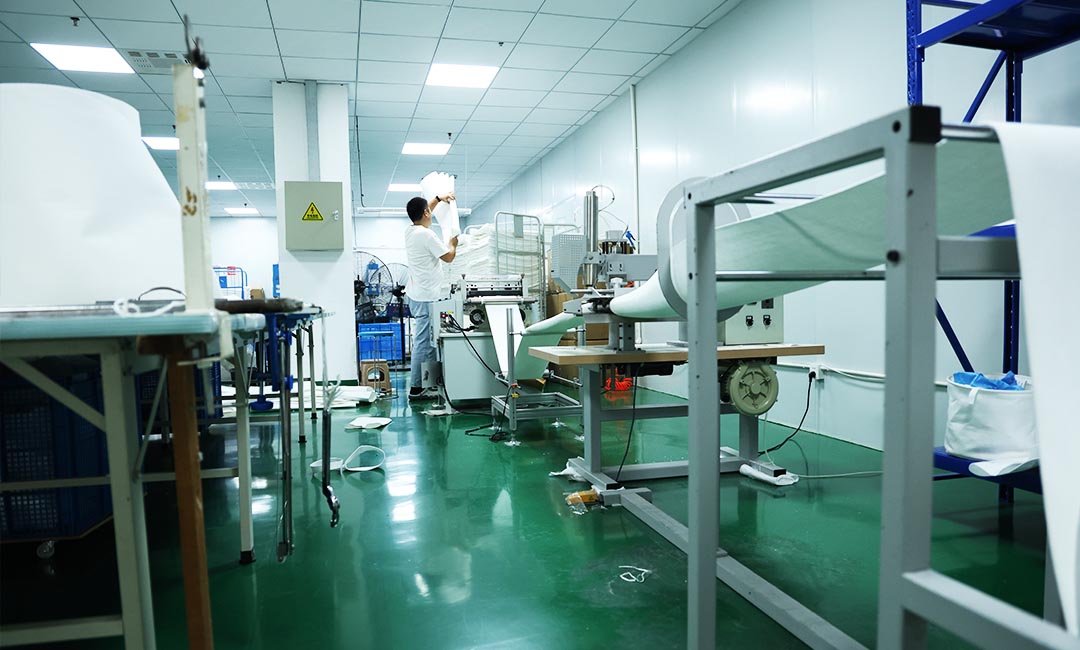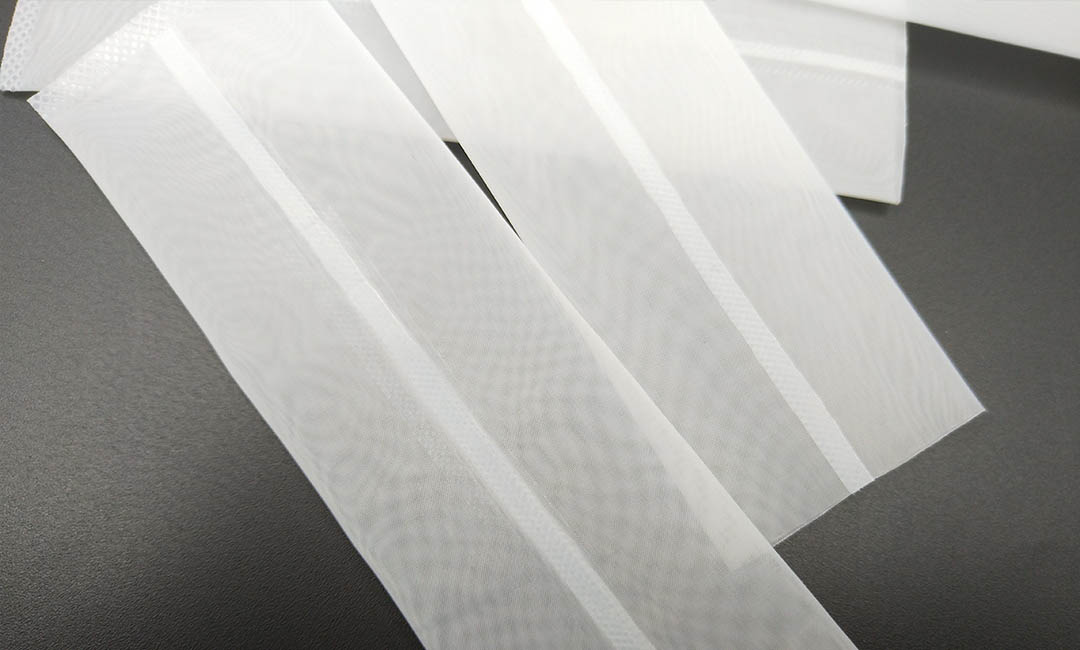
Which Micron Rosin Bag Is Best for Pressing?
Benefits of Using a 25 Micron Rosin Bag
When it comes to pressing rosin, the type of micron bag you use can have a significant impact on the quality of the final product. One popular option among rosin enthusiasts is the 25 micron rosin bag. This particular micron size is known for producing high-quality rosin with excellent clarity and flavor. In this article, we will explore the benefits of using a 25 micron rosin bag for pressing and why it may be the best choice for your rosin extraction needs.
One of the primary benefits of using a 25 micron rosin bag is its ability to filter out impurities while still allowing the essential oils and terpenes to pass through. The fine mesh size of the 25 micron bag ensures that only the purest and most potent rosin is collected during the pressing process. This results in a final product that is not only visually appealing but also has a superior taste and aroma.
In addition to producing high-quality rosin, a 25 micron bag also helps to maximize yields during the extraction process. The fine mesh size of the bag allows for optimal pressure distribution, ensuring that every last bit of rosin is squeezed out of the starting material. This means that you can extract more rosin from your material, ultimately getting the most out of your pressing efforts.
Furthermore, using a 25 micron rosin bag can help to prevent blowouts during the pressing process. Blowouts occur when too much pressure is applied to the material, causing it to burst through the bag and contaminate the rosin. The fine mesh size of the 25 micron bag helps to distribute pressure evenly, reducing the likelihood of blowouts and ensuring a clean and efficient extraction process.
Another advantage of using a 25 micron rosin bag is its versatility. This micron size is suitable for pressing a wide range of starting materials, including flower, kief, and hash. Whether you are a beginner or an experienced rosin presser, a 25 micron bag can help you achieve consistent and high-quality results with various types of material.
In conclusion, the benefits of using a 25 micron rosin bag for pressing are clear. From producing high-quality rosin with excellent clarity and flavor to maximizing yields and preventing blowouts, this micron size offers a range of advantages for rosin extraction. Whether you are looking to improve the quality of your rosin or increase your yields, a 25 micron rosin bag may be the best choice for your pressing needs. Consider incorporating this micron size into your rosin extraction process and experience the difference it can make in the quality and efficiency of your rosin production.
Comparison of 37 Micron vs 90 Micron Rosin Bags
When it comes to pressing rosin, the choice of micron bag can have a significant impact on the quality and yield of the final product. Two popular options are the 37 micron and 90 micron rosin bags, each offering unique benefits and drawbacks. In this article, we will compare the two options to help you determine which is best for your pressing needs.
Let’s start by discussing the 37 micron rosin bag. This option is known for producing high-quality rosin with a smooth texture and excellent flavor. The smaller micron size allows for more precise filtration, resulting in a cleaner final product. Additionally, the 37 micron bag is ideal for pressing finer materials, such as kief or bubble hash, as it helps to prevent plant material from contaminating the rosin.
On the other hand, the 90 micron rosin bag offers a larger pore size, which can be beneficial for pressing larger quantities of material. This option is often preferred for pressing flower, as the larger micron size allows for a higher yield without sacrificing too much in terms of quality. While the 90 micron bag may not produce rosin with the same level of clarity as the 37 micron bag, it is still capable of producing a high-quality final product.
When deciding between the two options, it is important to consider the type of material you will be pressing and your desired outcome. If you are looking to produce rosin with a high level of clarity and flavor, the 37 micron bag may be the best choice for you. However, if you are more concerned with maximizing yield and are willing to sacrifice a bit of quality, the 90 micron bag may be the better option.
It is also worth noting that some users choose to use a combination of both micron bags when pressing rosin. By using a 37 micron bag as the first filter and a 90 micron bag as the second filter, you can achieve a balance between quality and yield. This method allows you to capture the best of both worlds, producing rosin that is both flavorful and potent.
In conclusion, both the 37 micron and 90 micron rosin bags have their own unique advantages and drawbacks. The 37 micron bag is ideal for producing high-quality rosin with excellent flavor and clarity, while the 90 micron bag is better suited for maximizing yield. Ultimately, the best choice will depend on your personal preferences and pressing goals. Whether you choose to use one type of bag or a combination of both, experimenting with different micron sizes can help you find the perfect balance for your rosin pressing needs.
How to Choose the Right Micron Rosin Bag for Your Press
When it comes to pressing rosin, choosing the right micron bag is crucial for achieving the best results. Micron bags are used to filter out plant material and contaminants, leaving you with a clean and pure extract. The size of the micron bag you choose will determine the quality and yield of your rosin. In this article, we will discuss the different micron sizes available and help you determine which one is best for your pressing needs.
Micron bags come in a variety of sizes, typically ranging from 25 to 220 microns. The smaller the micron size, the finer the filter, which means more plant material will be removed from the extract. However, smaller micron bags can also lead to a decrease in yield, as some of the desirable compounds may be filtered out as well. On the other hand, larger micron bags allow more material to pass through, resulting in a higher yield but potentially lower quality extract.
If you are looking to produce a high-quality rosin with minimal plant material, a smaller micron bag, such as a 25 or 37 micron, would be ideal. These bags are best suited for pressing sift or kief, as they provide a fine filter that captures even the smallest particles. However, keep in mind that using a smaller micron bag may result in a lower yield, so it is important to weigh the pros and cons based on your specific needs.
For those looking to maximize yield while still maintaining a decent level of quality, a medium-sized micron bag, such as a 90 or 120 micron, would be a good choice. These bags strike a balance between filtration and yield, allowing for a clean extract with a decent amount of plant material. They are suitable for pressing flower or trim, as they provide a good compromise between quality and quantity.
If yield is your main priority and you are less concerned about the purity of the extract, a larger micron bag, such as a 160 or 220 micron, would be the best option. These bags allow more material to pass through, resulting in a higher yield but a lower quality extract. They are ideal for pressing large quantities of material where maximizing yield is the primary goal.

When choosing a micron bag for pressing rosin, it is important to consider the type of material you are working with, as well as your desired outcome. Experimenting with different micron sizes can help you determine which one works best for your specific needs. Additionally, it is important to use high-quality micron bags that are durable and heat resistant to ensure a successful pressing process.
In conclusion, selecting the right micron bag is essential for achieving the best results when pressing rosin. Whether you prioritize quality, yield, or a balance of both, there is a micron bag size that will suit your needs. By understanding the differences between micron sizes and experimenting with different options, you can find the perfect bag for your pressing needs.
Top Brands for High-Quality Micron Rosin Bags
When it comes to pressing rosin, the quality of the micron rosin bag you use can make a significant difference in the final product. Micron rosin bags are essential for filtering out plant material and contaminants, resulting in a cleaner and more potent rosin extract. With so many brands and micron sizes available on the market, it can be challenging to determine which one is best for pressing. In this article, we will explore some of the top brands for high-quality micron rosin bags to help you make an informed decision.

One of the most popular brands for micron rosin bags is Rosin Evolution. They offer a wide range of micron sizes, from 25 to 220, to suit different pressing needs. Rosin Evolution’s bags are made from durable nylon mesh that can withstand high temperatures and pressure, ensuring that they won’t burst or break during the pressing process. Their bags are also double-stitched for added strength and durability, making them a reliable choice for rosin extraction.
Another reputable brand for micron rosin bags is PurePressure. Known for their high-quality rosin pressing equipment, PurePressure also offers a selection of micron bags in various sizes. Their bags are made from premium nylon mesh that is resistant to heat and pressure, ensuring that they can withstand the rigors of rosin extraction. PurePressure’s bags are designed to provide optimal filtration while allowing for maximum yields, making them a favorite among rosin enthusiasts.
For those looking for a more budget-friendly option, Dabpress offers a range of affordable micron rosin bags that deliver reliable performance. Their bags are made from food-grade nylon mesh that is heat-resistant and durable, making them suitable for use with a variety of rosin pressing techniques. Dabpress’s bags come in a range of micron sizes, from 25 to 160, allowing users to choose the right bag for their specific pressing needs.
If you’re looking for a premium option, Sasquash Rosin Press offers high-quality micron rosin bags that are designed for professional use. Their bags are made from ultra-fine nylon mesh that provides superior filtration, resulting in a cleaner and more potent rosin extract. Sasquash Rosin Press’s bags are also heat-resistant and durable, ensuring that they can withstand the intense pressure of rosin extraction without tearing or bursting. While their bags may come at a higher price point, the quality and performance they offer make them a worthwhile investment for serious rosin producers.

In conclusion, the best micron rosin bag for pressing will depend on your specific needs and budget. Whether you’re looking for a budget-friendly option or a premium choice for professional use, there are plenty of top brands to choose from. Rosin Evolution, PurePressure, Dabpress, and Sasquash Rosin Press are just a few of the reputable brands that offer high-quality micron rosin bags for rosin extraction. By selecting the right bag for your pressing needs, you can ensure that you achieve the best possible results with your rosin extraction process.

